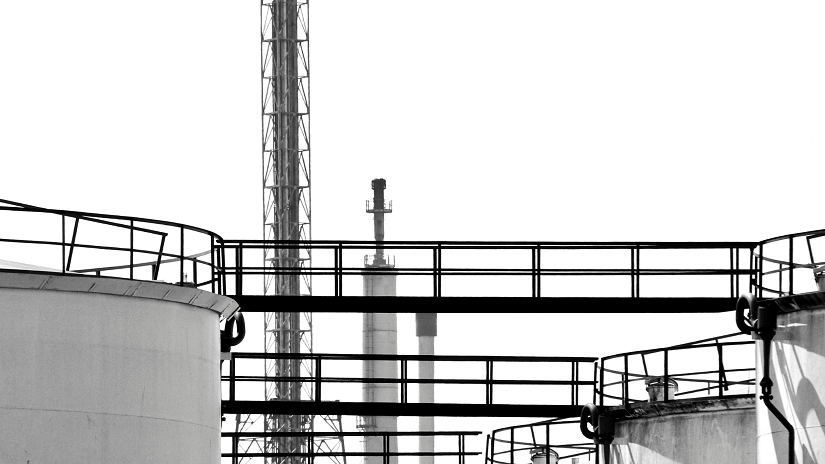Corrosion detection in the aluminium storage tanks of a nuclear power plant
The ability to detect and monitor corrosion within nuclear plant storage tanks presents a variety of challenges.
The ability to detect and monitor corrosion within nuclear plant storage tanks presents a variety of challenges.
While aluminium is a rugged substance, it’s by no means resistant to deterioration over time. The need for reliable, high-precision methods for ongoing testing, particularly in the volatile environment of a nuclear power plant, is essential.
Traditional methods of testing are still in wide-scale use. However, recent breakthroughs in technology have led to alternatives that may, in many situations, offer a premium solution that reduces many of the issues associated with such a vital ongoing task.
The Challenges
The nature of corrosion detection in nuclear storage tanks isn’t solely the inhospitable environment. Whilst overcoming this is crucial, the inspection is further impacted by the wide variety of tank sizes and shapes, irregular surfaces, concave floors, and other barriers likely to be found within the structure. Very often there is no direct access to the inspection area, meaning a solution that can scan through floor and/or wall plates is essential.
The ability to effectively detect areas of corrosion has to address the following:
- Sufficient penetration: To access through thick aluminium surfaces
- Characterise the types of corrosion: Such as pitting and thinning
- Adapt to geometric features: Such as curvatures in the floor and other barriers
- Rugged and robust: To effectively work within a hostile environment and be able to withstand extensive use
- Traditional NDT inspection methods
Historically, the methods used to inspect aluminium storage tanks have been that of ultrasonic testing (UT) and single-channel eddy current testing (ECT). While these have been the mainstay of corrosion detection for many years they have many constraints, including that of:
- Extended downtime of assets as the processes can be lengthy
- Inaccurate data due to the irregular nature of the interior of the tanks and inaccessibility
- Complicated operator use
- Varying data and the inability to present it in a simplified format.
- Advancing technology has brought about an alternative method that addresses many of the difficulties such traditional testing brings, that of Eddy Current Array (ECA).
The Solutions Offered by ECA
ECA technology provides an inspection method that has many advantages over more traditional NDT methods mentioned above.
Thanks to using several individual coils grouped together in a single probe, ECA is able to scan a far wider area in a single pass than an ECT probe. This dramatically reduces the time taken for the testing to be carried out.
Unlike UT, there’s no need for the use of couplant.
The probes can be customised, meaning that hard to access areas are more easily reached. Such a semi-flexible probe allows the matching of the internal geometry within a tank, and can even adapt to slightly concave or convex surfaces.
Advanced imaging and the ability to present results in 2D or 3D scans makes for easier analysis of data.
Angled phasing allows for assessment as to the type and extent of the corrosion, therefore determining between near and far defects. This leads to a highly precise assessment of damage and defining between localised indications and general degradation.
In locations that present with such unique challenges, the evolving technology of ECA means that operators don’t only benefit from the increased safety brought about by such advanced capabilities, but also those of reduced downtime, more accurate maintenance planning, a highly lowered risk of emergency repairs and that of ease of operation. Together this leads the more efficient running of a plant and lowered operational costs.
As breakthroughs continue to be achieved and cutting edge equipment brought to market, it’s essential for businesses to work with an equipment supplier that provides flexible solutions as individual as their own needs. Premier provider, Nexxis, continues to break new ground with such an innovative approach. The unique combination of extensive industry knowledge and the very latest in technology allows us to partner with our customers to provide a dynamic approach to all such NDT solutions.
To find out how the latest in ECA technology can revolutionise your operational efficiency or discover more about our full range of robotic inspection equipment or contact us today for a no-obligation chat.
